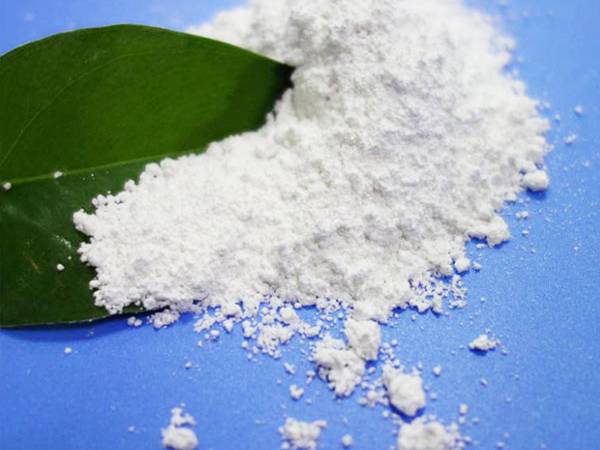



Safety Data Sheet for Sodium Hydroxide Pellets Handling and Storage Information
Sodium Hydroxide Pellets Safety Data Sheet Overview
Sodium hydroxide (NaOH), commonly known as caustic soda or lye, is a highly versatile and essential chemical used across various industries. Notably, it plays a critical role in manufacturing soap, paper, textiles, and cleaning products. However, due to its highly corrosive nature, understanding the safety measures associated with sodium hydroxide pellets is paramount. This article elucidates the key components of a Safety Data Sheet (SDS) for sodium hydroxide pellets, ensuring safe handling and usage.
1. Identification
The first section of an SDS provides fundamental information about the chemical, including its name, synonyms, and identification numbers such as the CAS number (1310-73-2). It also states the manufacturer's or supplier's contact information, allowing users to seek assistance or report emergencies. For sodium hydroxide, the classifications are often marked as corrosive, necessitating special precautions during handling.
2. Hazard Identification
This section categorizes the hazards associated with sodium hydroxide pellets. It primarily highlights its corrosive properties, which can cause severe burns upon contact with skin and destruction of tissues upon contact with eyes. Inhalation of sodium hydroxide aerosol can irreparably damage the respiratory system. The SDS also details the potential environmental risks, including harm to aquatic life if released into water sources. Understanding these hazards is critical for anyone working with sodium hydroxide.
3. Composition/Information on Ingredients
Sodium hydroxide is often presented in a pure form or as a component in various mixtures. The SDS provides detailed information regarding its concentration and any impurities or additives present. This section is crucial for chemical professionals who need to understand the specific formulation to ensure safe handling and storage.
In the event of exposure, the SDS outlines essential first-aid measures. For skin contact, the affected area should be rinsed immediately with water for at least 15 minutes, ensuring that the chemical does not spread to other body parts. For eye exposure, it is imperative to flush the eyes with water and seek medical attention immediately. If ingested, the SDS advises against inducing vomiting and recommends seeking medical assistance. This section is vital for ensuring prompt medical response and mitigating injury.
sodium hydroxide pellets sds

5. Fire-Fighting Measures
Sodium hydroxide is not flammable; however, it can react with certain materials to produce flammable hydrogen gas. The SDS provides information on suitable extinguishing media and specific firefighting procedures. Firefighters are advised to wear protective equipment to prevent corrosive damage from chemical exposure. Moreover, isolation from incompatible substances during firefighting efforts is emphasized to prevent hazardous reactions.
6. Accidental Release Measures
This section details actions to be taken in the event of a spill or leak. Sodium hydroxide pellets should be contained with appropriate absorbent materials, and personal protective equipment (PPE) must be worn by those handling the spill. The SDS advises proper disposal methods to prevent environmental contamination and warns against releasing the substance into water bodies.
7. Handling and Storage
Safe handling and storage practices are crucial for working with sodium hydroxide pellets. The SDS recommends using PPE, such as gloves, goggles, and protective clothing, to minimize exposure. Furthermore, sodium hydroxide should be stored in a cool, dry place in a tightly closed container made of compatible materials. Incompatible substances, such as acids and organic compounds, should be kept away to prevent dangerous reactions.
8. Exposure Controls/Personal Protection
The SDS outlines permissible exposure limits and the necessary engineering controls to minimize worker exposure. Respiratory protection may be required in poorly ventilated areas. Regular monitoring of the workplace environment may be recommended to ensure compliance with established safety standards.
Conclusion
Understanding the information provided in the Safety Data Sheet for sodium hydroxide pellets is vital for anyone who works with this chemical. From identifying hazards to implementing effective first-aid measures, the SDS serves as a critical resource for promoting safety in the workplace. By adhering to the guidelines set out in the SDS, users can significantly minimize risks associated with sodium hydroxide, ensuring safe and effective use in various applications.
-
Why Sodium Persulfate Is Everywhere NowNewsJul.07,2025
-
Why Polyacrylamide Is in High DemandNewsJul.07,2025
-
Understanding Paint Chemicals and Their ApplicationsNewsJul.07,2025
-
Smart Use Of Mining ChemicalsNewsJul.07,2025
-
Practical Uses of Potassium MonopersulfateNewsJul.07,2025
-
Agrochemicals In Real FarmingNewsJul.07,2025
-
Sodium Chlorite Hot UsesNewsJul.01,2025










